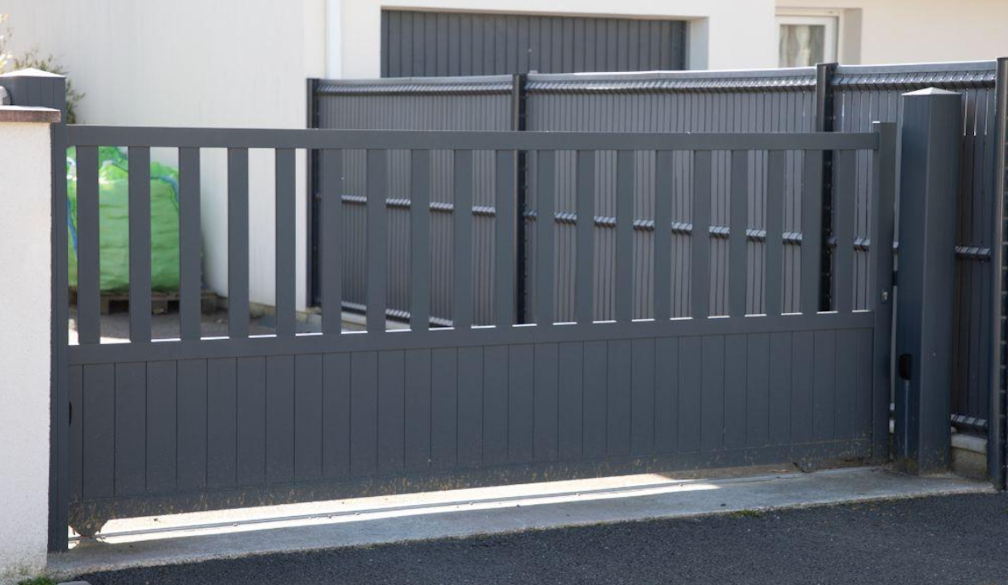The government is committed to an Indigenous voice. We should give it a chance to work
- Written by Marcia Langton, Foundation Chair in Australian Indigenous Studies, University of Melbourne
Over the past decades, Indigenous Australians have fought to have our voices heard. Too often, decision-makers across the country have failed to hear us and work genuinely with us. They’ve failed to commit to having decisions driven by those best-placed to inform and influence the outcomes needed to improve the lives of Aboriginal and Torres Strait Islander Australians.
That’s why the announcement by Minister for Indigenous Australians Ken Wyatt shouldn’t have come as a surprise to anyone. The minister has essentially said it’s time to hit pause and rework how we approach Indigenous policy-making in Australia.
He’s asked us to help guide this process, and we have welcomed the opportunity because we genuinely feel this is a once-in-a-generation chance to recast how decisions are made, how governments engage, and most importantly, how governments can listen to what’s really needed in Indigenous communities and affairs.
Read more: Proposed Indigenous 'voice' will be to government rather than to parliament
For this process to work, we all need to accept that what has come before hasn’t represented a silver bullet. And the design of this process acknowledges there isn’t necessarily one out there.
Moving forward from the Uluru Statement
When the Uluru Statement from the Heart was presented in 2017, it was a significant moment – a collective of Indigenous Australians saying the status quo had failed them and there was a need for their voices to be better heard and represented. These sentiments complemented the consultations and formation of the National Congress of Australia’s First Peoples in 2010.
We remain committed to the intention of the Uluru Statement, but we must acknowledge the process failed to define what a voice would look like, which is why more work must be done. The Referendum Council report also made a number of recommendations and acknowledged that more consultation would be needed to develop an appropriate model for a voice.
Both these processes introduced a number of new ideas for government to consider. While many of us have been talking about them for years, we must also acknowledge that no government – Coalition or Labor - was ever going to adopt and implement all recommendations overnight.
Appropriately, the Coalition government established a parliamentary joint select committee, led by Labor’s Pat Dodson and the Liberals’ Julian Leeser, to examine the recommendations and advise on the way forward.
The Coalition government elected to adopt a policy of co-design to develop an Indigenous voice. In other words, implementing a process that is a genuine partnership between government and Indigenous Australians and implementing the first recommendation of the joint-select committee’s report.
Read more: Albanese says Voice must be in the Constitution
What we are doing now is what government took to the election. This was the process outlined in the report, which is why there should be no surprises on the path forward.
On the question of constitutional enshrinement, many are right to be upset that this government has ruled out putting the voice in the constitution. But this is the political reality of today. It doesn’t diminish the opportunity that we have before us to make long-lasting substantial and enduring change.
How the process will work
There are two stages to the co-design process that will unfold over the next year.
The senior advisory group, which we will co-chair, will oversee two separate processes.
First, a local/regional co-design group will look at what local and regional structures are currently in place across Australia. It will examine what’s working and where we can find improvement, and importantly, how we can better harmonise these models to ensure we have the best forms of engagement possible.
As part of this, Minister Wyatt has made it clear there won’t be a one-size-fits-all approach. Every community has different needs, so there will be different answers to the question of how we can help. We also know states and territories have existing processes in place. Their integrity will not be undermined.
At the same time, a national co-design group will look at models for an Indigenous voice to government.
This process should be welcomed. The minister has not ruled anything in or out. And we are committed to presenting him with a range of models to give our people a voice to address the needs of Indigenous Australians in relation to employment, education, health, housing, culture and land rights, to name just a few.
Read more: Grattan on Friday: Ken Wyatt juggles identity and politics
Following this first phase, models and options will be put to the Australian people for consultation and feedback.
Everyone will have the opportunity to assess a range of models that have been developed by Indigenous Australians from across Australia.
Focusing on common ground
We don’t know what a voice, or voices, will look like yet.
But for the first time, we have a government that is acknowledging the need for an Indigenous voice and is committed to working in partnership with Aboriginal and Torres Strait Islander people to give them that voice, through a process of genuine co-design.
The critics who are deriding this process haven’t even given it an opportunity to work. This is their opportunity to work constructively with those of us who have toiled for decades to improve the lives of Indigenous Australians.
If we don’t collectively grasp this opportunity, it may not come around again for a long time.
So let’s focus on the common ground – the need to finally work together and put behind us decades of underachievement in Indigenous policy-making.
The opportunity for a voice is now.
We’re prepared to lend ours to this process – and encourage everyone to join with theirs. We can be united together for all Australians and a better future for the generations of Indigenous Australians to come.
Marcia Langton and Tom Calma are the co-chairs of the Voice Co-Design Senior Advisory Group.
Marcia Langton is a voluntary, unpaid member of the Public Education Campaign Committee of the Uluru Statement from the Heart managed by Gilbert & Tobin Lawyers on a pro bono basis.
Professor Tom Calma AO is co-chair of Reconciliation Australia and a member of University Chancellors Council.
Authors: Marcia Langton, Foundation Chair in Australian Indigenous Studies, University of Melbourne





















